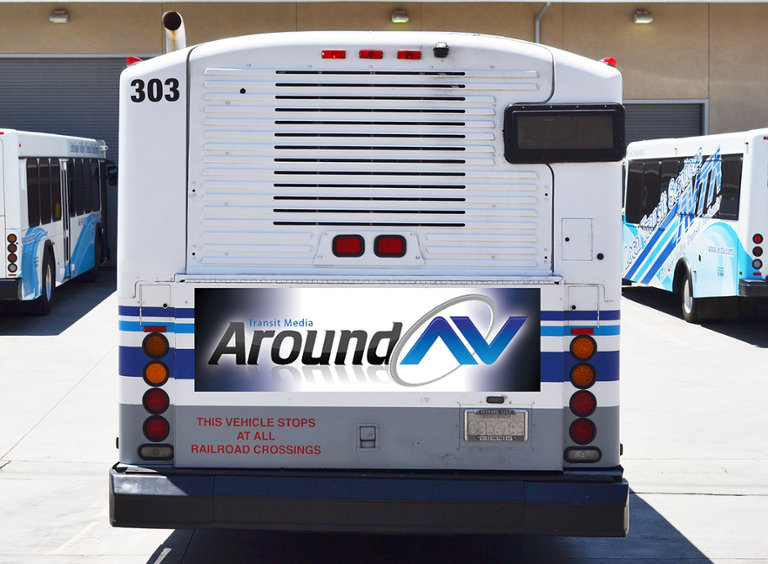
This is the second entry in our series of blog posts on bus advertisements. In our first post we took a deeper look at side panel bus advertisements. In this post we’ll be taking a look at bus end advertisements.
Bus end advertisements can go on the front or back of the bus. Like with all bus advertisements, it’s easy to target your demographic with bus ends as they are seen repeatedly by motorists, commuters, and pedestrians. Who hasn’t been stuck in traffic behind a bus, left to ponder the ad for a few minutes?
Bus end advertisements come in a variety of shapes and sizes. They are also cost effective, allowing you to get the most out of your marketing budget. Most bus end options are going to be cheaper than the bus side options and definitely cheaper than the full wrap options. Let’s take a look at some examples and benefits of the most common bus end options.
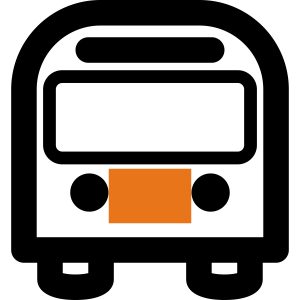
Taillight Bus Advertisements
Taillight bus ads go on the back of the bus, generally below the window. The low price and high impact of this ad makes it one of the most popular bus advertisements.
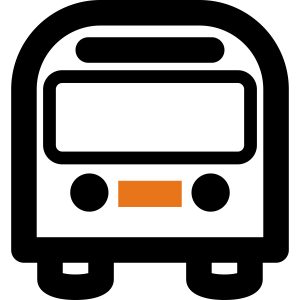
Mini Tail Bus Advertisements
Mini tail bus advertisements go on the back of the bus and are smaller than the taillight option. This is perfect if you’re running on a tight budget or just want to have a larger reach with a higher number of bus ads.
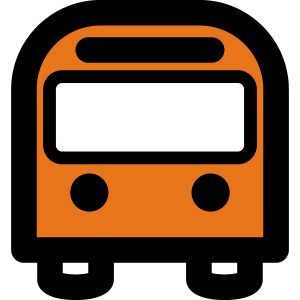
Back Bus Advertisements
Full back bus ads cover the entire back end of the bus. This is the top-tier bus end option, giving you the most creative space and offering the biggest impact.
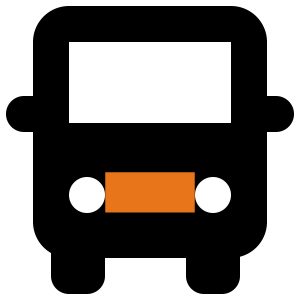
Headlight Bus Advertisements
Headlight bus advertisements go on the front of the bus under the windshield. This is another low cost, high impact option that mainly targets pedestrians and motorists.




